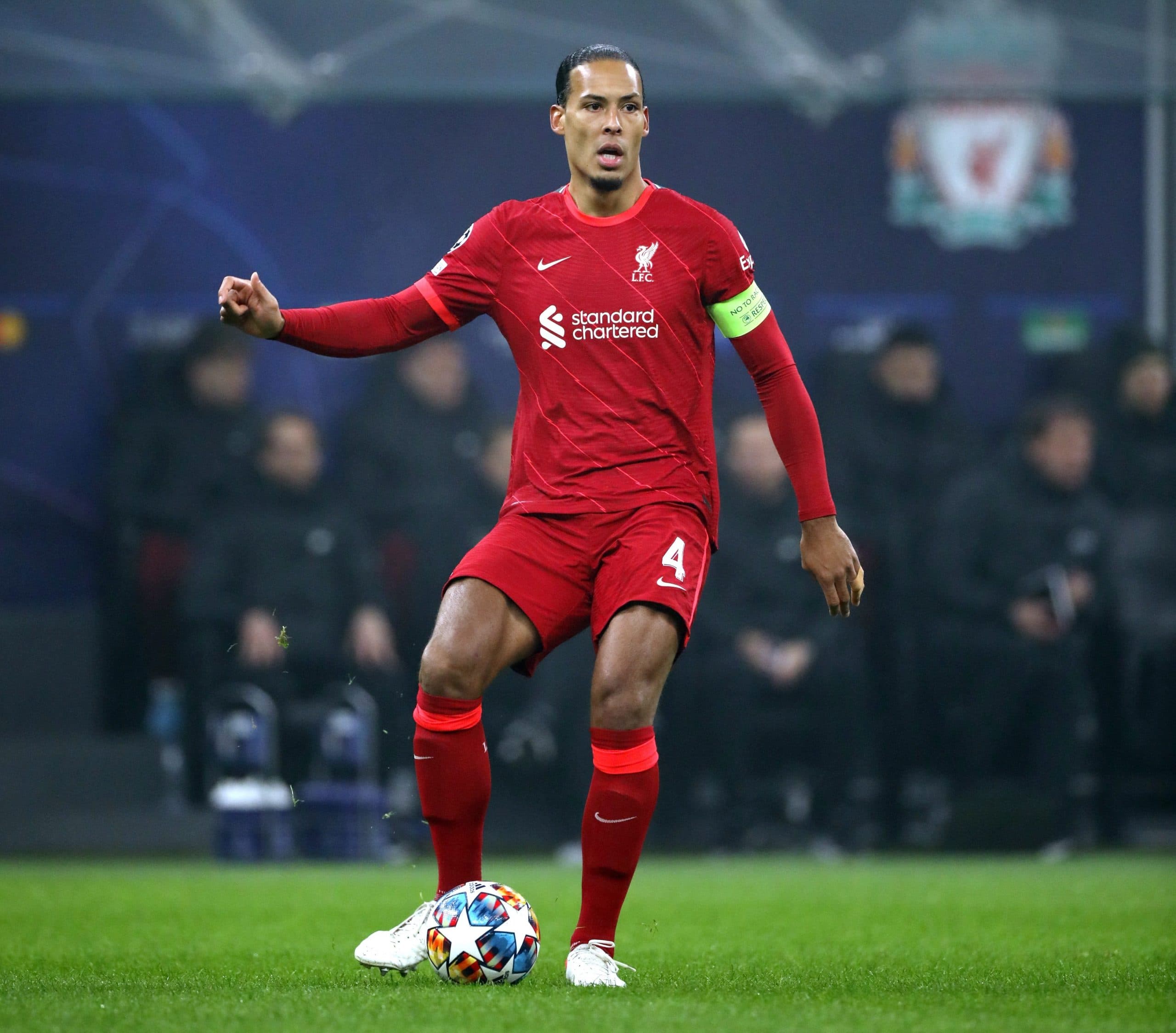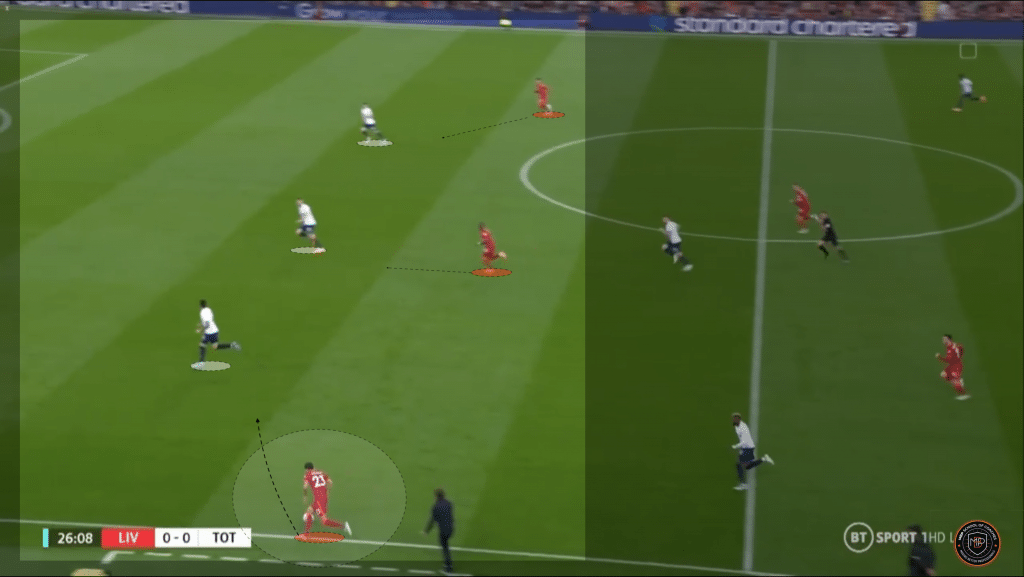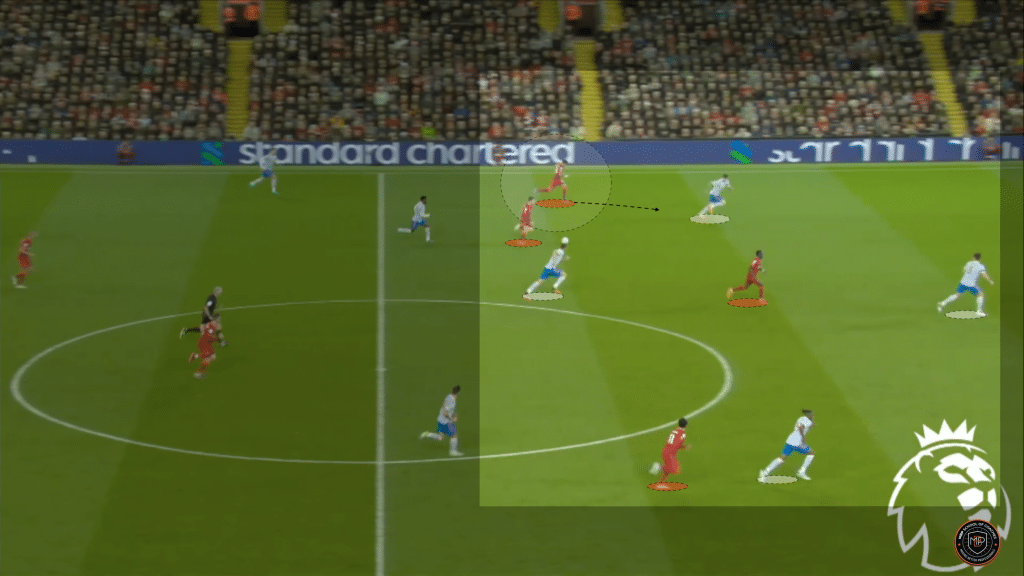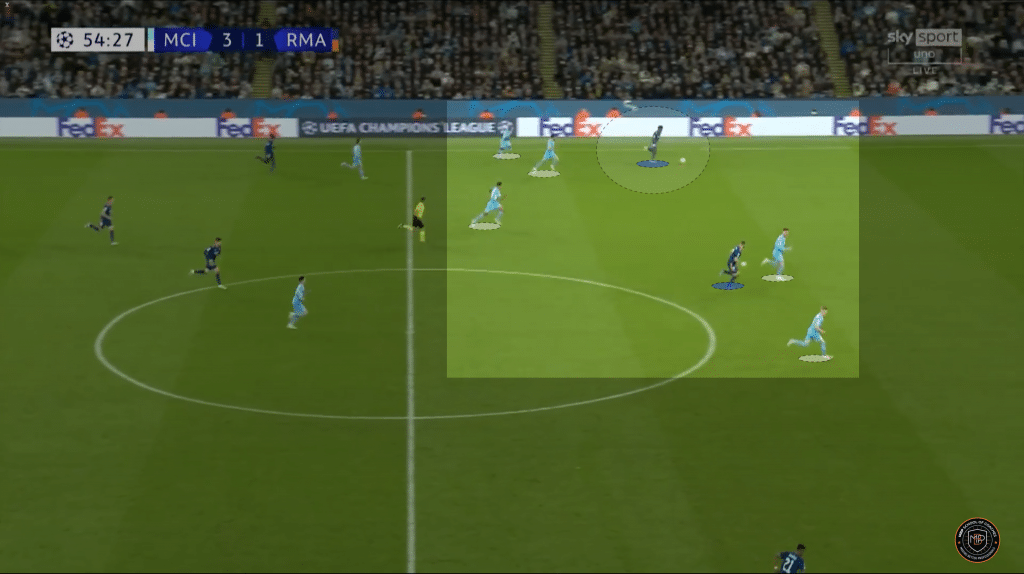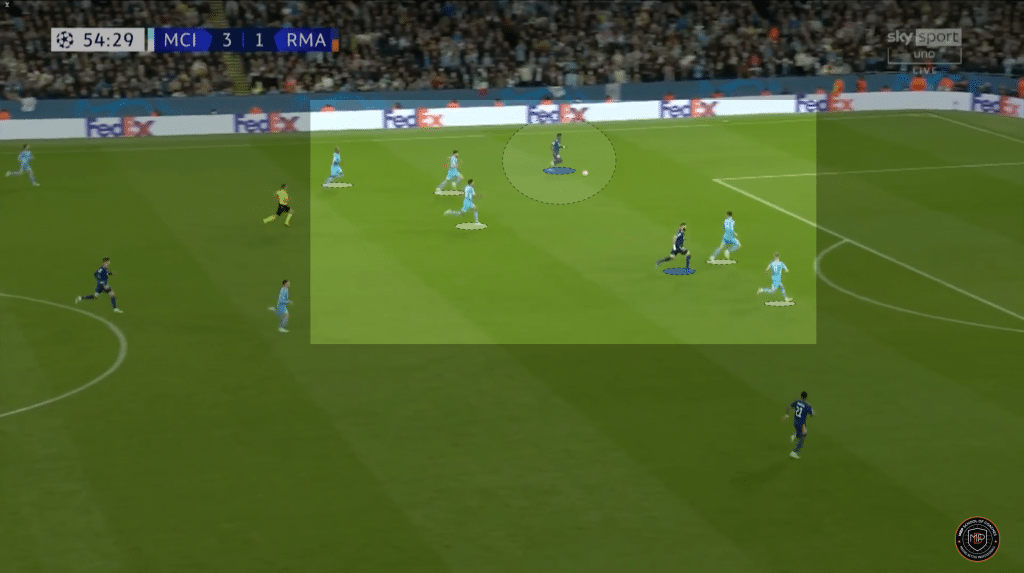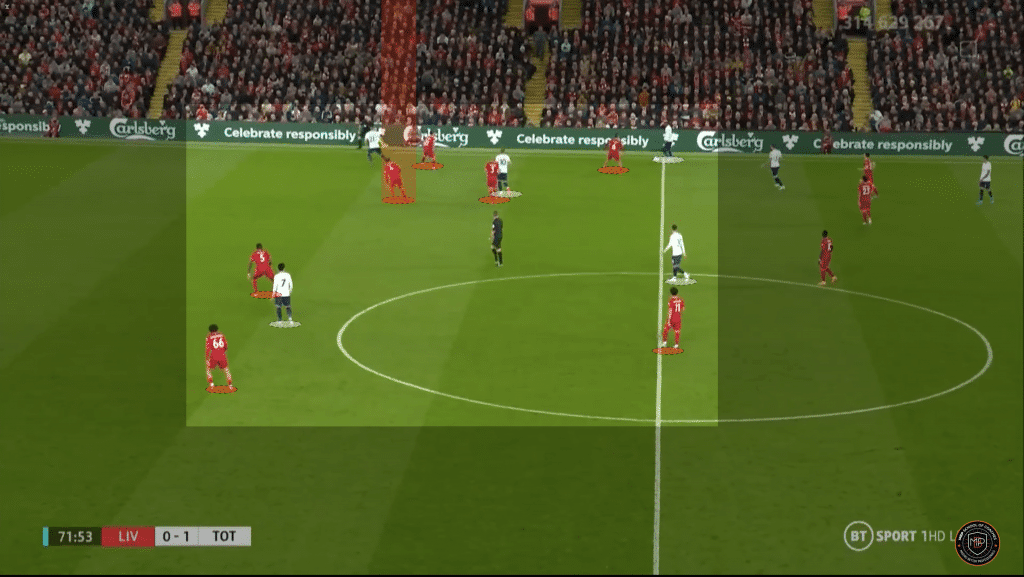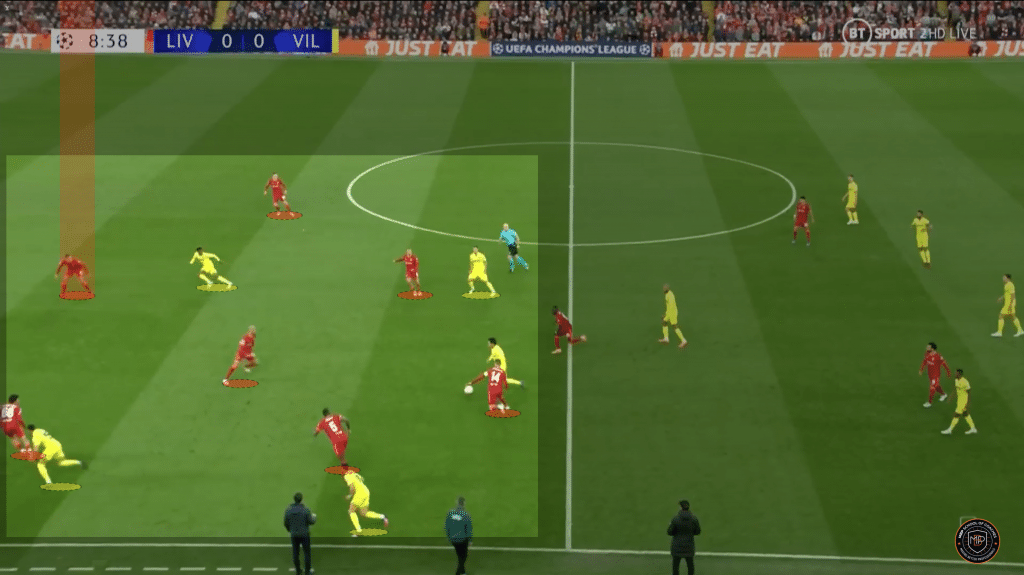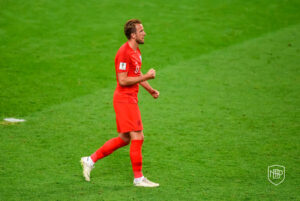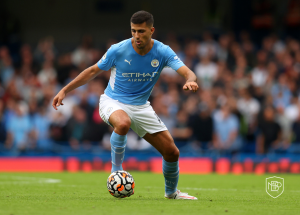This Saturday, Europe’s biggest game will be played in Paris as Carlo Ancelotti’s Real Madrid face Jürgen Klopp’s Liverpool FC in the UEFA Champions League final.
Both sides have made it to the final after successfully navigating their way through the previous knockout rounds, all of which were full of epic and thrilling drama until the very last moment. However, none of this will be remembered if the coveted trophy is not won.
Therefore, this week, at the MBP School of Coaches, we are going to analyze which aspects both teams should be aware of, highlighting the 4 most relevant key factors that may determine the outcome of the final.
Analysis
The first key point in the match will be to see who manages to control the possession. Even if both teams prioritize other phases of the game, such as the transition from defense to attack, in matches of this nature, such as a Champions League final, having possession of the ball serves to calm nerves and make the team settle into the game.
For Madrid, we have already seen how they have managed to dominate the ball and, consequently, to control the game. Through the good work of their midfield formed by Kroos, Modric, Casemiro and the role of the ‘false’ nine of Karim Benzema, Ancelotti’s team are able to get possession of the ball, and create numerical superiorities in active zones, generating defensive imbalances in order to attack them.
Liverpool, on the other hand, tend to use a more fast-paced attack, where verticality is more important. However, the presence of Thiago has provided that extra quality to provide a more associative capacity and calmness in the management of the ‘Reds’ offensive phase.
The second key point to the match will be in the defense-attack transitions. As we have already mentioned, both teams prioritize this phase of the game to destabilize matches.
The ‘Reds’ are specialists in this moment, connecting with their furthest players after winning the ball, and taking advantage of the possible spatial advantages left by the opponent. To do this, on many occasions we can see how they generate sub-blocks in the defensive phase when defending in their own half, leaving their most advanced players unmarked. This allows them to have men in depth to play to after recovering the ball.
Salah, Mané and Luis Diaz, the three potential starters, have the ability to position themselves in free spaces, thus having more time and space to break away in a more optimal way.
The same is true for Madrid. Since mid-November, when the Italian coach decided to place his defensive block closer to their own area, Ancelotti’s team have been devastating through their excellent work in the defense-attack transitions.
To this end, we must highlight the excellent performances of the two most decisive figures of the 13-time European champions: Vinicius and Benzema. Both players have been essential for this moment of the play. While, on the one hand, the Frenchman is normally the first receiver after the team wins the ball back, the Brazilian is responsible for attacking in behind.
The third key factor to the match will be the role of the contextual players for both teams. On the one hand, Real Madrid will have players with diverse skill sets, capable of contributing unique behaviors within the squad such as Vinicius Junior and Fede Valverde.
The Brazilian is the only player in the squad capable of picking up the ball and driving into the opponent’s box. Likewise, regardless of how well he is doing during the match, Vini Jr.’s perseverance in this type of action is unique.
On the other hand, Valverde is the player who brings more tactical versatility to Ancelotti’s side. With him on the pitch, we have been able to see how Real Madrid manage to adopt different dynamic organizations depending on the requirements of the match, being able to act as a winger, an attacking midfielder, a winger and even as a full back. In addition, the presence of the Uruguayan on the pitch brings an extra energy in the different phases of the game, but especially in the attack-defense transition, as Fede is a specialist in counter pressing after the team loses the ball.
On the other side, Liverpool will have Vigil Van Dijk and Thiago Alcántara as contextual players. The presence of both players within Klopp’s starting XI is crucial, as without them the execution of certain dominant playing principles will not be as effective.
Van Dijk is an essential player within the Reds Game Model, as without his inclusion, the team’s defensive performance is not the same, as could be seen last season. In addition, the Dutchman is a key player in the build up, thanks to his fantastic long passes. We can see how he manages to break opposition pressing lines, playing in teammates in front of goal.
The same goes for Thiago. The Spaniard is the only player in the squad capable of slowing down Liverpool’s breakneck attack. With him on the pitch, attacks are cleaner, and he has the ability to reset possession when the opposing team is in a very low block, or to play through passes that none of his teammates are able to see.
The fourth key point that can make a big impact on the game, especially in the final minutes depending on the score, will be the emotional factor. Both teams have plenty of experience in this type of match. However, Real Madrid has more experience if we analyze player by player.
Players like Benzema, Modric, Casemiro and Kroos have played 4 Champions League finals in the last decade, this being the fifth. While for Liverpool, the player with the most experience is Thiago Alcántara, with a total of 3.
In addition, Madrid have shown a unique competitive spirit in the knockout rounds, competing until the last minute in each match and overcoming extremely tough situations. In contrast, the Anfield side have not been in that situation during the course of the competition, so we do not know how they will perform if they face a similar situation.
SUMMARY OF THE ANALYSIS
In conclusion, both teams are similar in certain aspects of the game. Therefore, the team that manages to impose its style has the better chance to win the game. However, as we have remarked in the last tactical key point, the management of the psychological factor will be vital to deal with the different scenarios that will occur during the final.

